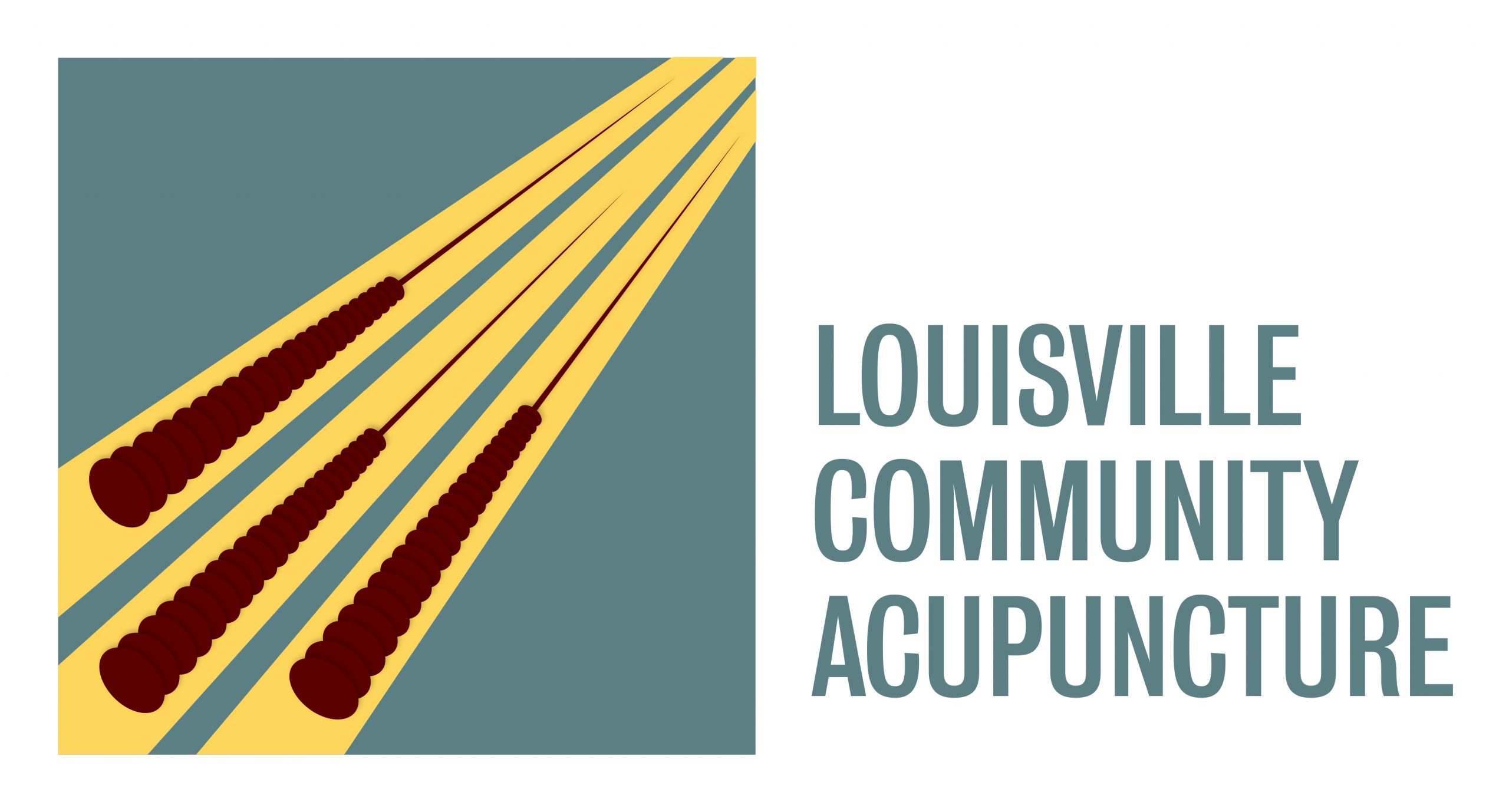Sliding Scale
We recently had our first “negative” review on Yelp. (We will not get into a discussion of Yelp’s limitations here.) It was one of those lazy, three line reviews. Where you almost wonder more what the person’s impetus for writing the review was rather than what the person actually said. But their concluding line was “I also don’t like the sliding scale.” And really, that just begs eye rolls from me, because it’s a major part of how we operate here, we have a whole web page on it. We’re not trying to catch you off guard in any way. If you don’t like it you should probably go to an establishment that operates on flat fee.
Sliding scale fee structures cause confusion all over the place. Many of them operate under a different mode than ours: they tie your payment to your income. And in that way they are viewed as “discriminatory” as if using a sliding scale is a way of enticing you towards a service or product and swindling you into spending money altogether. “You can’t afford normal rates on your income, well then let me tell you the do-able rate for your income.” This approach can get messy and awkward if the practitioner needs you to verify your income to them. The simple way around this is to have pro bono treatments for those that cannot afford your regular prices. Basically, those that can afford the “normal” rates pay that and then for some select number of hours you provide free treatments for the folks who can’t.
But this approach can be limiting in multiple ways: 1) a practitioner can only see so many people in pro bono slots; 2) some clients want/need to use the services provided and want to pay for them, but just can’t do so at normal rates–especially if treatment is ongoing. So we want our sliding scale in place so anyone can come for acupuncture when it is convenient for their schedule, not just ours. And so they can come for acupuncture as much as they want/need to.
One larger wrench in the sliding scale approach is dealing with insurance companies. But when aren’t they a wrench? They believe that a service is a service and has a price and that’s the end of the story. So if you are accepting reimbursement from them you want to have your service billed as realistically high as possible so they can send you more money–when they eventually get around to reimbursing you. (And let’s just brush aside the realization that insurance companies negotiate different prices with different providers for the same service.) But this has two effects: 1) it drives up your prices and 2) it drives up insurance prices. If everyone is trying to max out how much they get reimbursed for their acupuncture services, insurance plans that cover it are going to cost more and they’re also going to probably limit how many times they will cover that service in a given year or for a given issue. And did I mention they can just be a hassle to deal with? I think one thing that drove us to get into acupuncture was that we felt it not only offered help to people in a non-traditional way, but also offered help to the medical system. But running through insurance really just serves to participate in the system all the more.
My favorite case against the sliding scale is that we are “devaluing the profession.” If that is the case then I want it devalued. It created its value out of thin air. Acupuncture delivered itself unto us from esoteric mountains on high, straight from ancient China at the astounding price of at least $75 per treatment. Maybe $150 a treatment if I studied in a mountain cave for at least 2 years. So when our clinic offers acupuncture treatments from $15-$35, many of our colleagues get either genuinely upset because we’ll steal clients from them or they’ll think “that’s a great resource…for people who can’t afford me.” But when you break it down financially, there’s really only a small sliver of people that can afford those higher prices. They are just not feasible for most households.
Some community clinics will use a flat fee, say $20 or $25. And that’s fine, because it keeps things simple and straightforward and you don’t get Yelp reviews like the one we did, but there are a handful of patients that would probably stop coming if $15 was not our low end, or they would come less frequently and not find as much consistent relief. Other community clinics will have a much higher end for their sliding scale and go from $20-$80. But that just seems weird. There’s such a broad difference between those two ends. People who can pay $80 can go get a private room treatment. It’s an implicit realization that they are subsidizing the clinic in some way for everyone not paying $80. The tighter range is there to allow flexibility for different financial situations or different treatment plans and welcome everyone as equitably as possible.
We like our sliding scale. A lot. We think in the future more and more things will operate on a sliding scale. It’s somewhat post-capitalist (or maybe just pre-post-capitalist). Our goal is not to ultimately get a whole bunch of $35 paying clients. The goal is to help as many people as possible with issues affecting their health and well-being. And then to have them tell their friends and family and co-workers and neighbors about us (and community acupuncture in general) and let us be one of the many necessary stepping stones towards a healthier community.
